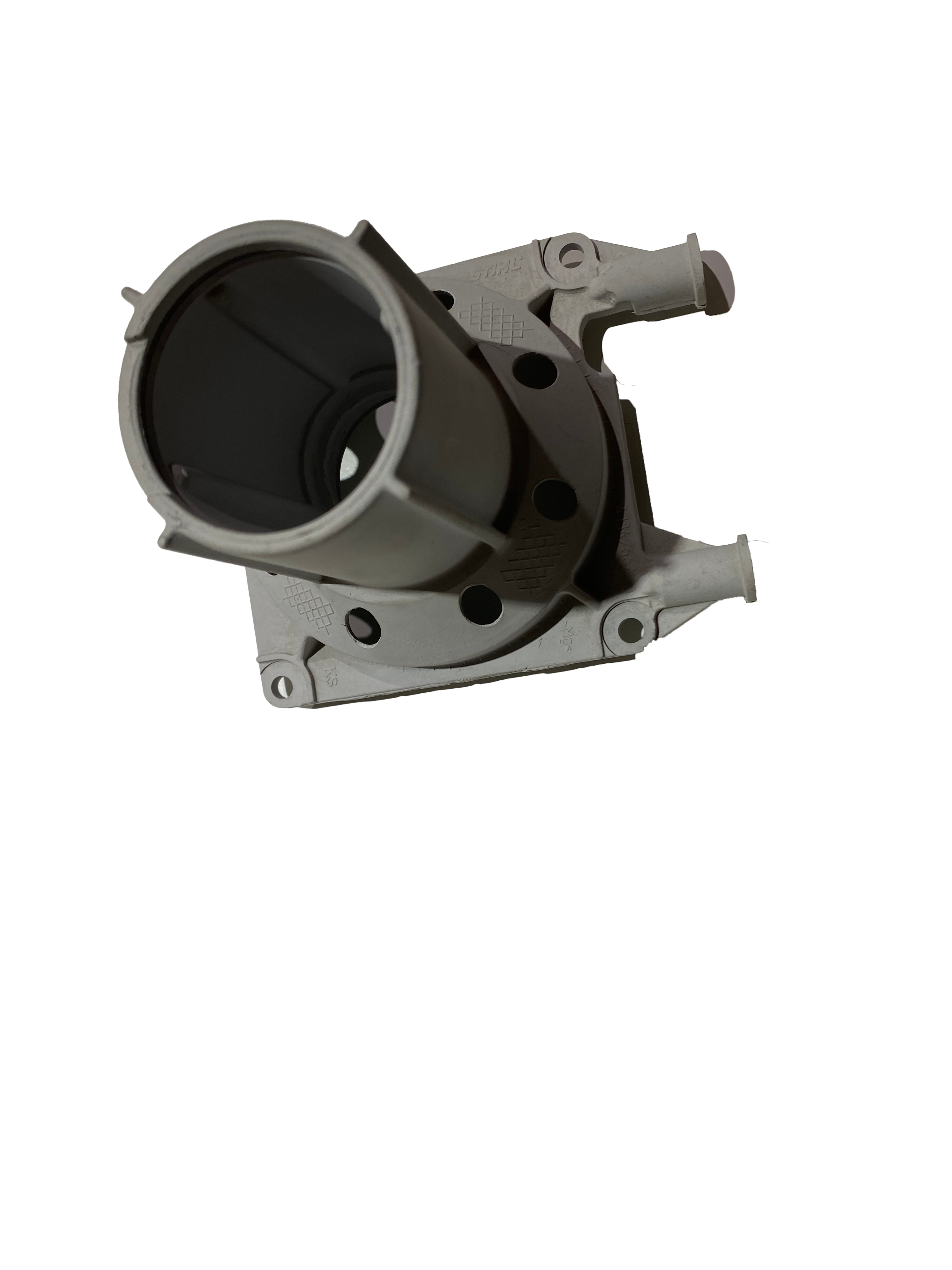Email format error
Email cannot be empty
Email already exists
6-20 characters(letters plus numbers only)
The password is inconsistent
Email format error
Email cannot be empty
Email does not exist
6-20 characters(letters plus numbers only)
The password is inconsistent

News
Exploring Lost Wax Casting - Bronze Casting
At present, the known production methods of ancient Chinese bronzes mainly include Fan casting, and a small number of bronzes with complex structures and elaborate decorations. In addition, lost wax method, casting method, sand casting method, welding method, etc. are used.
Different production methods will leave different traces on the utensils.

How was the wax mold made in the first place?
- Make a casting mold with wax, and coat with refractory material to become a whole casting mold. Heating the casting mold will remove the wax or directly burn it to form a cavity casting mold, pour the liquid metal into it, and obtain the shaped casting after cooling.
- Use easy-to-melt materials, such as yellow wax (beeswax), animal oil (tallow), etc. to make the wax mold of the object to be cast, and then pour fine mud on the surface of the wax mold to form a mud shell on the surface of the wax mold. Then coat the refractory material on the surface of the mud shell and make it harden to make a mold.
Then bake the mold to make the wax oil melt and flow out to form a cavity, and then pour copper liquid into the cavity, and it is obtained after solidification and cooling.
Gypsum mold casting is suitable for producing precision castings with precise dimensions and smooth surfaces, especially for industrial production quantification.
Applicable materials: not only suitable for all ferrous metals and non-ferrous alloys, but also can be used for super alloys and other materials that traditional casting cannot help. The most commonly used materials are: low alloy steel, stainless steel, aluminum, titanium, zinc, copper, nickel alloys and precious metals gold, silver, etc.
What are the methods of plaster casting?
Gypsum mold casting is a casting process method with gypsum as the main modeling material. According to the different patterns used in the manufacture of gypsum molds, the production of gypsum molds can be divided into investment method and mold release method.
- The investment method refers to the use of wax patterns, vaporized patterns, and water-soluble patterns (cores), but mainly wax patterns, which are filled with gypsum slurry to form azurite, which can be cast after drying, dewaxing, and roasting. . Similar to the investment casting process, except that the shell is replaced by a gypsum mold.
- There are ordinary gypsum molds in the mold-making method, which refers to the use of wooden or metal molds or gypsum molds or rubber molds, filled with stone slurry, and the mold is formed after the slurry is solidified, and the castings are poured after drying and roasting. Similar to sand casting, except that gypsum molds are used instead of sand molds.
In addition, there are pressure steamed gypsum type and foamed gypsum type.
So how is the wax model in the plaster removed?
The gypsum mold poured by the investment method, the grouting is dried and then dewaxed, and the gypsum mold poured by the mold release method is first molded and then dried; among them, the autoclaved gypsum mold is subjected to steam treatment after the mold is removed.
There are several methods for dewaxing, such as dewaxing the self-drying gypsum type by roasting, steam or far infrared rays.
First of all, it needs to be self-drying. The gypsum type after grouting should be naturally dried for more than 24 hours to increase the water dispersion strength. For thick gypsum, or when the ambient temperature is low and the humidity is high, the self-drying time needs to be increased.
Baking gypsum: The baking of gypsum mold is an important process to ensure the normal operation of casting. Its main functions are dewaxing, drying and casting insulation.
The general baking process is: first, preheat the electric furnace to the initial temperature, and put the nozzle of the plaster mold down into the furnace to facilitate the outflow and evaporation of the wax liquid.
After one hour of constant temperature in the initial constant temperature zone, the temperature is gradually increased and constant temperature is carried out at intervals of 1-2 hours. Note that the heating (or cooling) speed should be maintained at 100-200 °C/hour, otherwise the heating will be too fast to cause cracks in the plaster mold, which may cause serious damage or scrapping of the plaster mold.
If the temperature rises too slowly, it is easy to cause incomplete drying of the wax or plaster mold, which will affect the quality of the casting. The baking time of the plaster mold depends mainly on the size and complexity of the golden tree and can be adjusted according to the specific situation.
Conclusion
For more information about lost wax casting slurry,fetta lost wax casting sdn bhd,lost wax casting suppliers, we are glad to answer for you.

